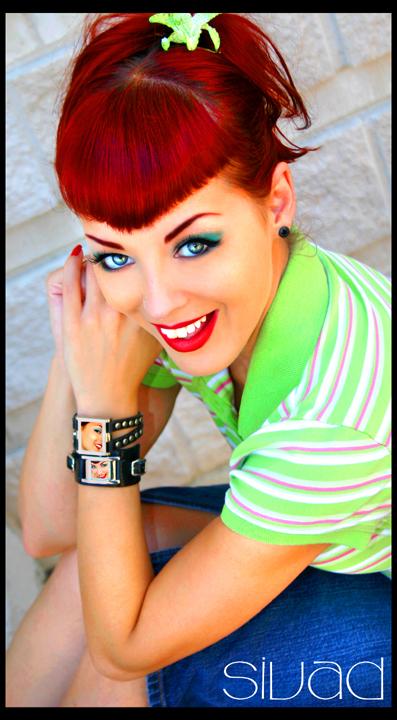|
|
| Author |
Message |
ps_girl
Joined: 03 Dec 2005
Posts: 7
|
|
|
|
|
 |
Datameister

Joined: 28 Jun 2005
Posts: 506
|
 Posted: Sat Dec 03, 2005 5:01 pm Post subject: Posted: Sat Dec 03, 2005 5:01 pm Post subject: |
 |
|
Most of what you see is caused by selectively upping the saturation. This is also a pretty high-contrast image, and I suspect that this was altered too.
The best way to do this would be to go Layer>New Adjustment Layer>Hue/Saturation. Then pump up the saturation value as desired and hit OK. Get out the Brush tool and start painting black onto areas that look too saturated. This will cause those areas to become less saturated because you're painting onto the adjustment layer's mask.
There also may have been some artificial coloring, achieved by creating a new layer with its blending mode set to Color and painting the desired colors onto that layer.
_________________
Interested in showcasing your special effects or learning some new ones from the masters? Check out PSFX! |
|
|
|
|
 |
|






